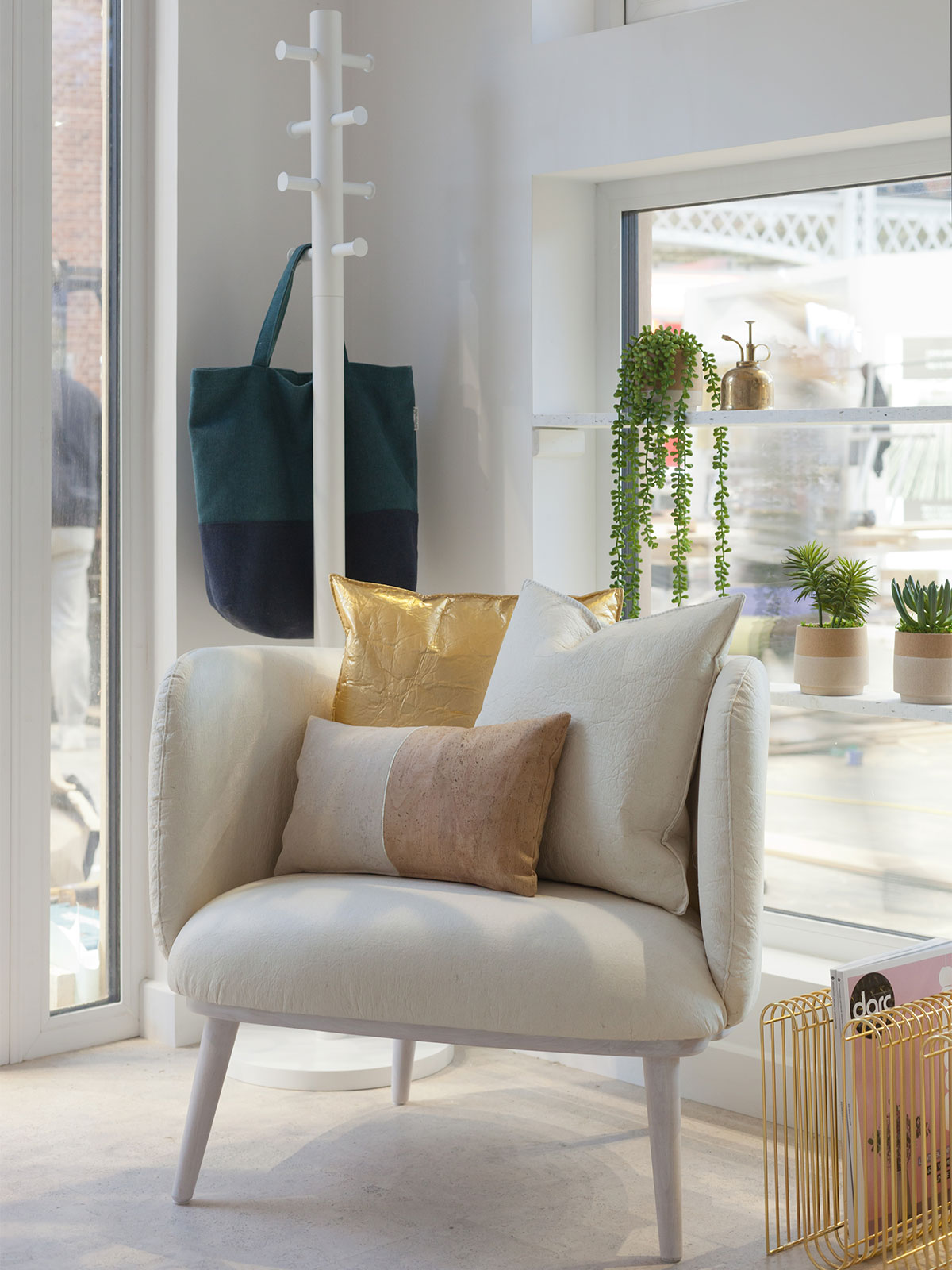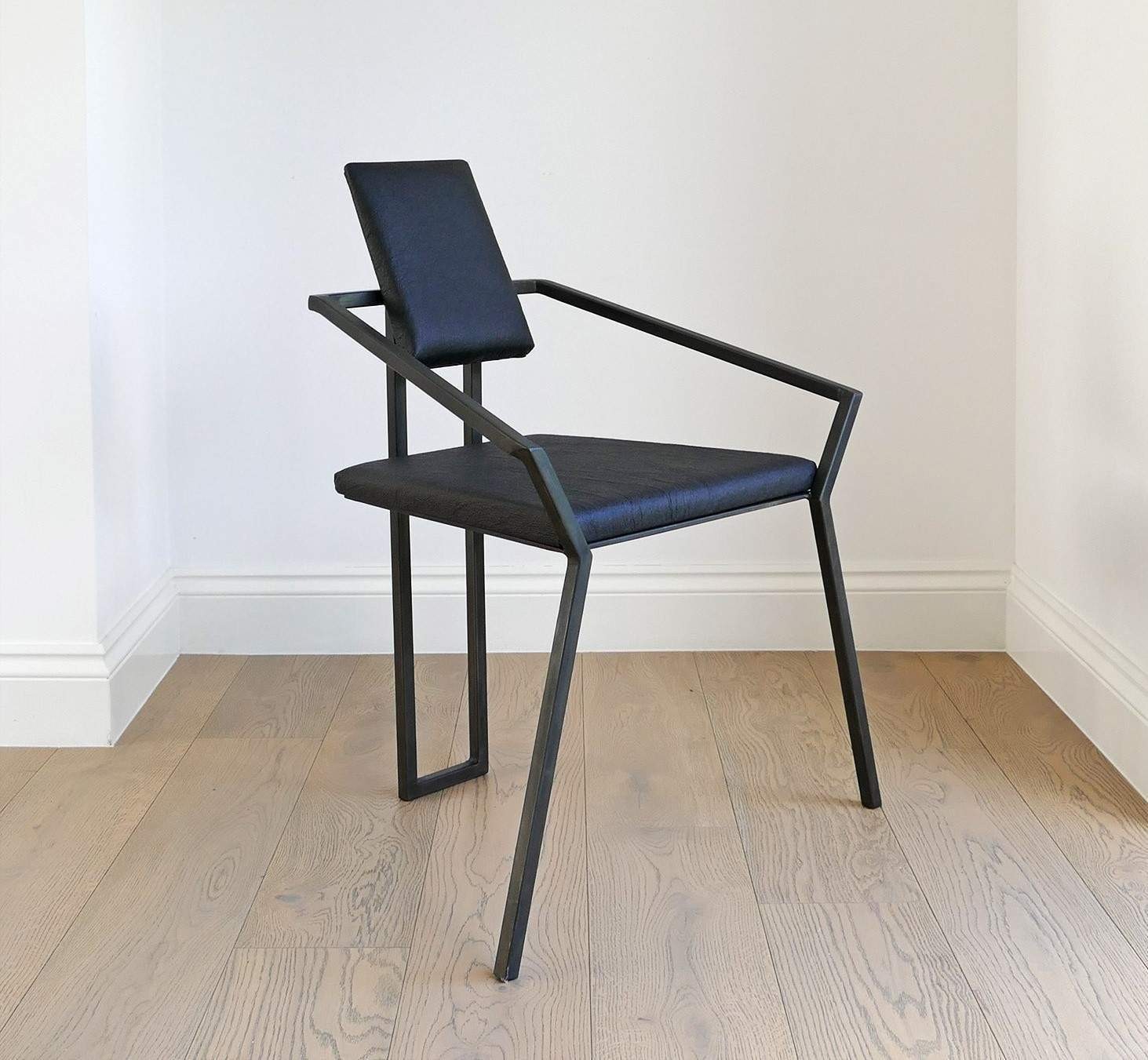Interior Design for Vegans: The Beauty of a Cruelty-Free Home
If you hear the term “vegan interior design” and immediately picture hippie dens outfitted in excessive amounts of hemp, it’s time to update your perception of what a cruelty-free lifestyle can look like. It’s 2019, and ditching animal products — not just from your diet, but from all facets of your life — is more popular than ever before. According to The Economist, interest in veganism is soaring, especially among millennials, and “where millennials lead, businesses and governments will follow.”
The commitment to avoid harming living creatures extends to interior design, too. As vegan interior designer and founder of VeganDesign.org Deborah DiMare explains, a vegan, humane, or cruelty-free product is one which does not originate from any living creature, is not an animal byproduct, and is not at any point tested on animals.
 She adds: “A vegan designer offers products, materials, and fabrics that do not harm, torture, or exploit any conscious living being, human and non, nor harm our planet. Vegan design acknowledges that all living creatures have emotions, feelings, and should not be sacrificed or abused for society’s idea of luxury. We fortunately live in a time in which there are endless man-made and natural, durable, and truly fabulous materials that are not made from living creatures and do not contain poisons that are lethal to workers on farms and factories and the end user — you!”
She adds: “A vegan designer offers products, materials, and fabrics that do not harm, torture, or exploit any conscious living being, human and non, nor harm our planet. Vegan design acknowledges that all living creatures have emotions, feelings, and should not be sacrificed or abused for society’s idea of luxury. We fortunately live in a time in which there are endless man-made and natural, durable, and truly fabulous materials that are not made from living creatures and do not contain poisons that are lethal to workers on farms and factories and the end user — you!”
The Vegan Design website is a great resource for design industry statistics supporting veganism, educational courses for professionals, and opportunities for membership in a vegan design council, which itself aims to help businesses reach ethically-minded consumers. Some of those statistics include the number of geese it takes to fill a single down comforter (32) and the number of cows required to upholster a sofa (eight). DiMare also published a book called Vegan Interiors to illustrate what these spaces can look like — and there’s more to it than you might imagine, since animal products tend to show up where you least expect them.

Avoiding leather and fur might be obvious, but what about down, angora, wool, and silk? While there’s no strict consensus on them, and some vegans are comfortable with using wool from animals raised on humane organic farms or synthetic plastic-based materials that contribute to environmental pollution, others focus primarily on natural, sustainable, and biodegradable materials that are cruelty-free in both their origin and manufacturing. That might include organic cotton, hemp, sisal, jute, linen, and various down alternatives, as well as choosing soy candles over beeswax.

Even wood products and paint can contain sneaky animal products like milk protein binders and animal-based glues (or components that were at some point tested on animals). Cruelty-free low-emissions paints are available though, like Benjamin Moore’s “Natura” line and a rainbow of hues from Farrow & Ball. To avoid non-vegan wood products, go for solid wood that’s certified by a third-party organization like the Forest Stewardship Council or the Sustainable Forestry Initiative.
You don’t have to give up the luxurious feel of leather to go vegan. Thanks to the wonders of modern technology, we now have natural, sustainable alternatives to both the real thing and non-renewable synthetic faux products, like Piñatex leather, which is made of pineapple, and Mylo, which is made of mushrooms. A new kind of vegan “silk” even sources fibers from banana plants rather than silkworms, and pulp made from mulberry tree leaves can be used to coat cotton for a patent leather-like result.

If giving your home a vegan makeover seems a little too large take on, try starting with one room at a time and picking something small, says DiMare. And if you need more evidence that vegan interior design is every bit of stylish as its conventional counterpart, check out this vegan space curated by famous vegetarian designer Stella McCartney and design studio Antrobus+Ramirez for the sixth annual “Design House” exhibition by Artefacto in 2016. Only cruelty-free, humane organic, and synthetic materials were used to produce its glamorous effect.




